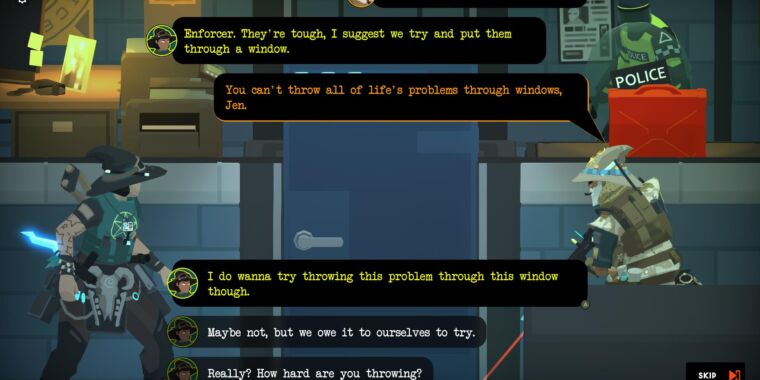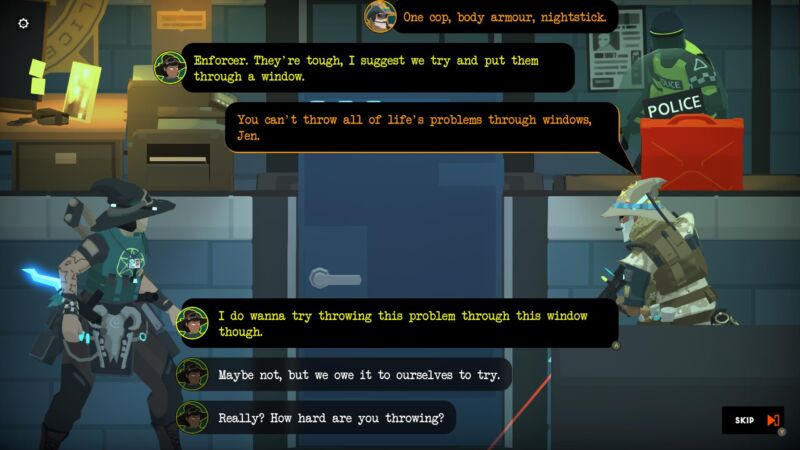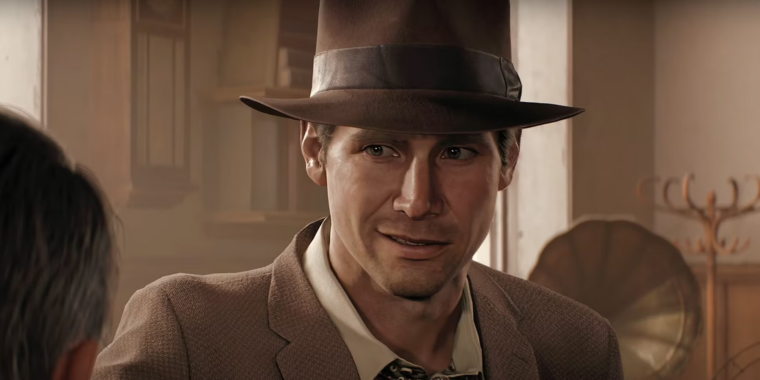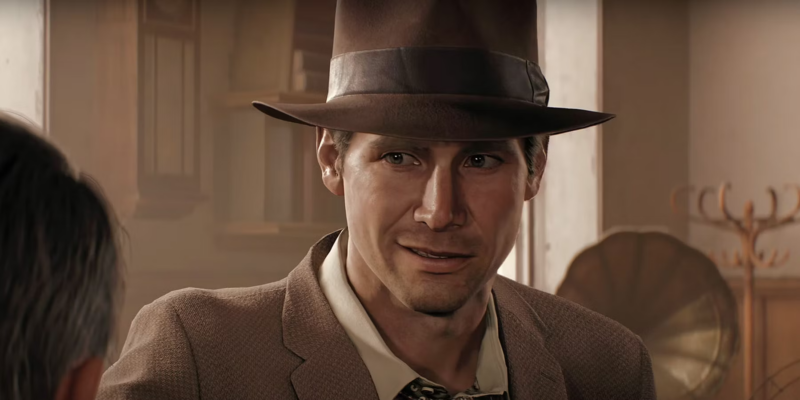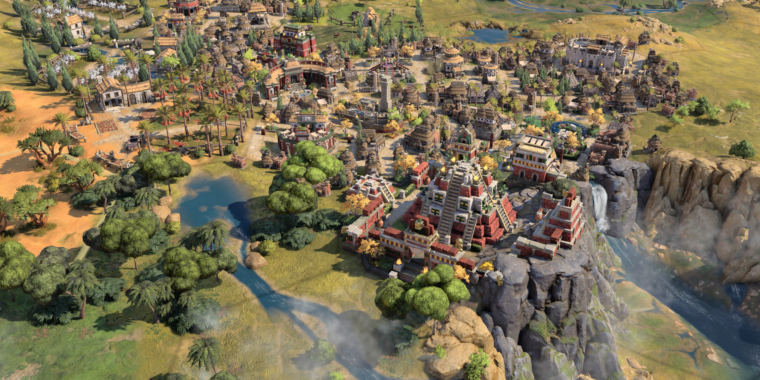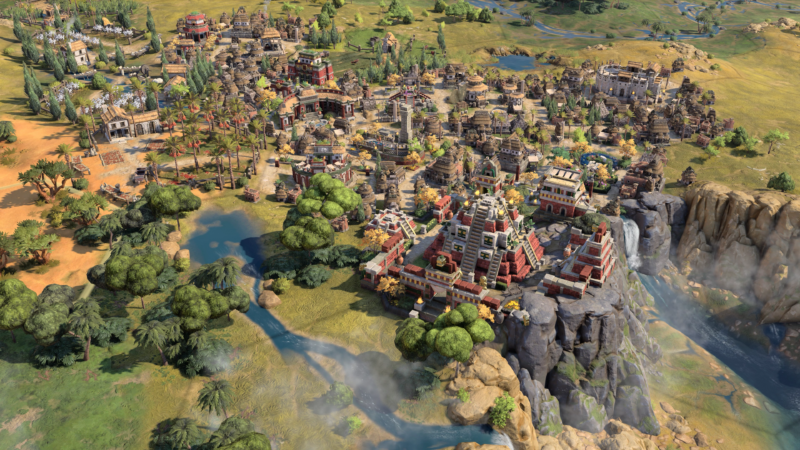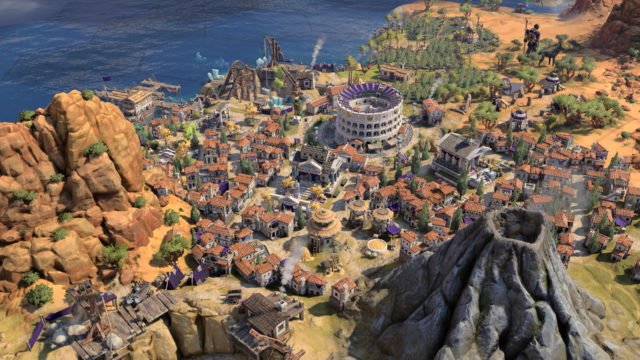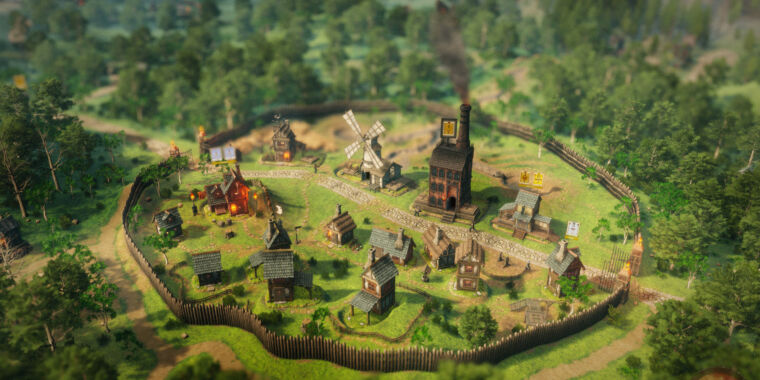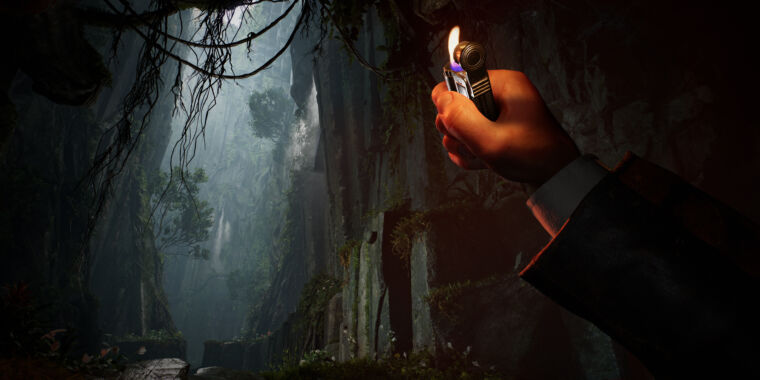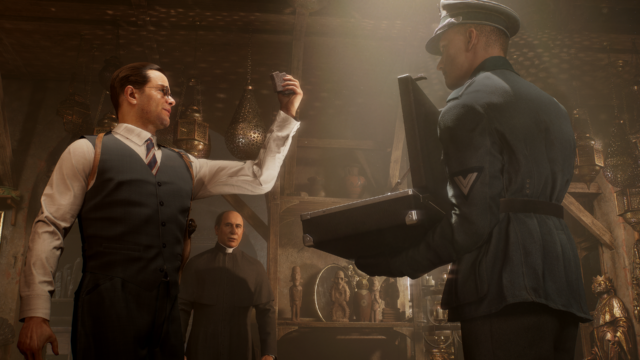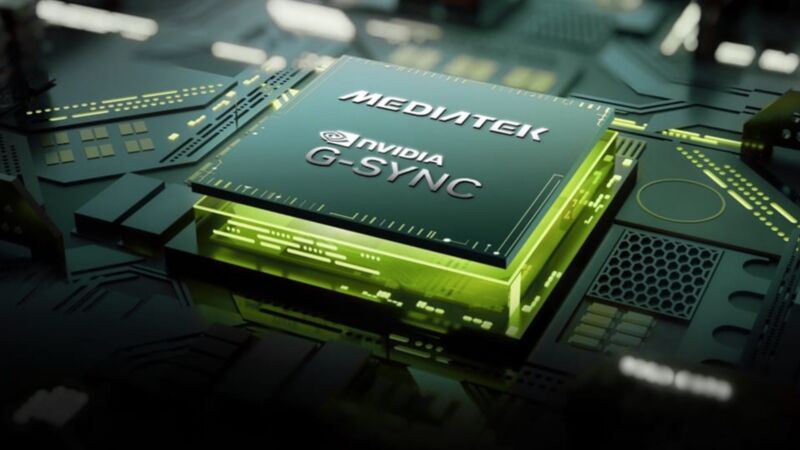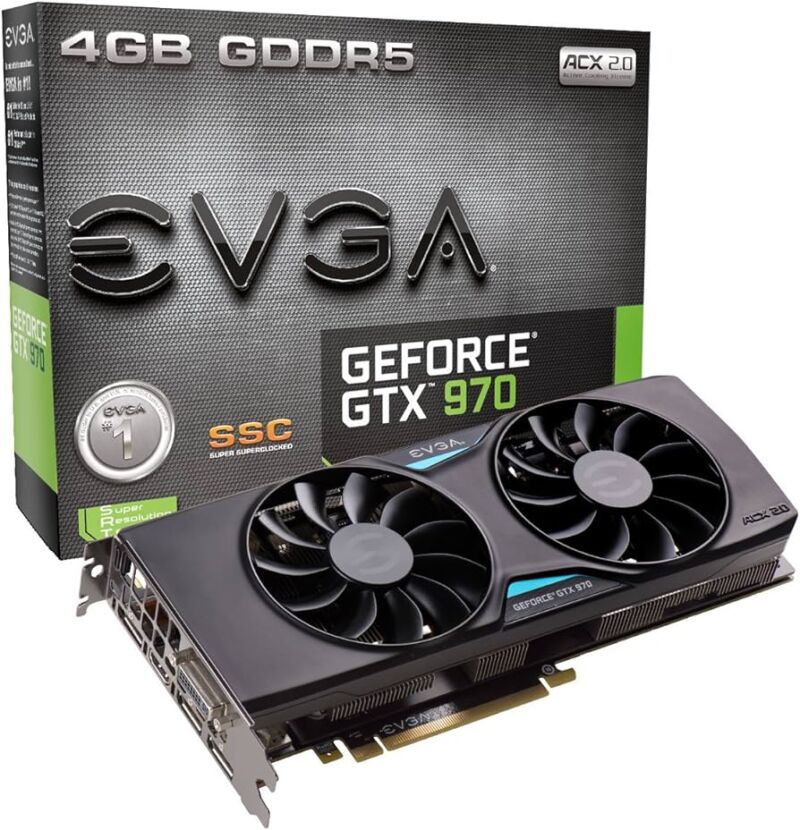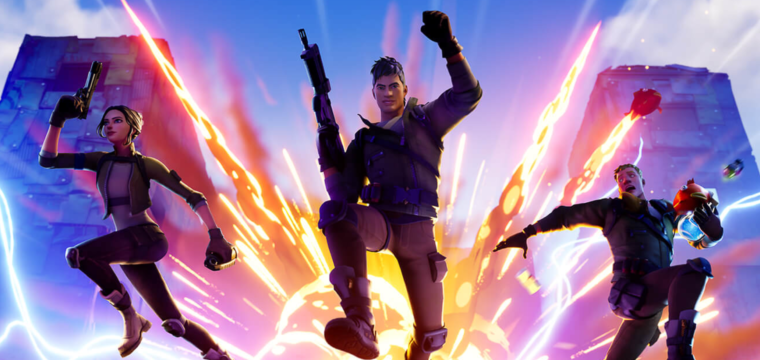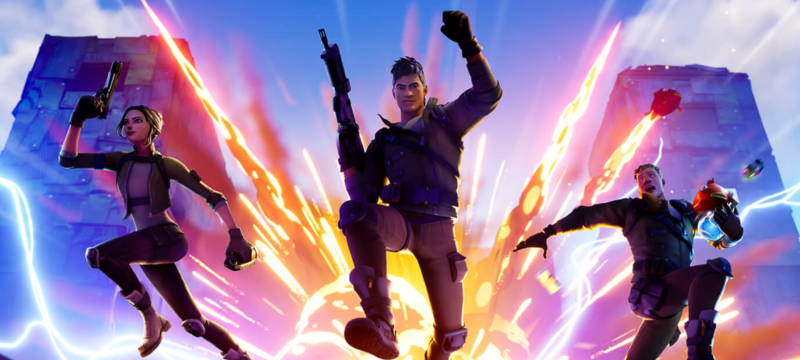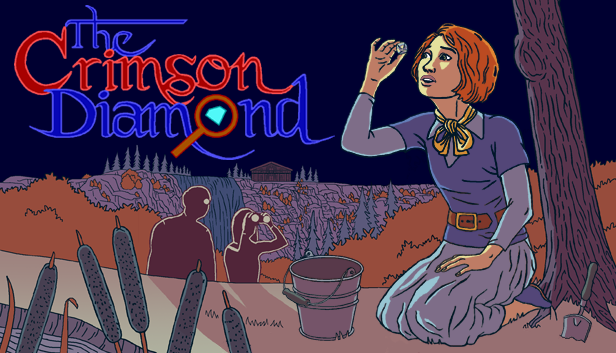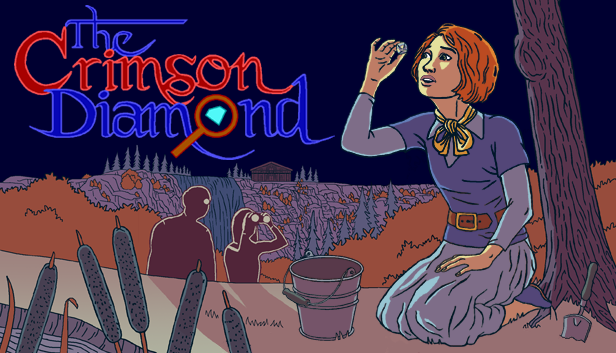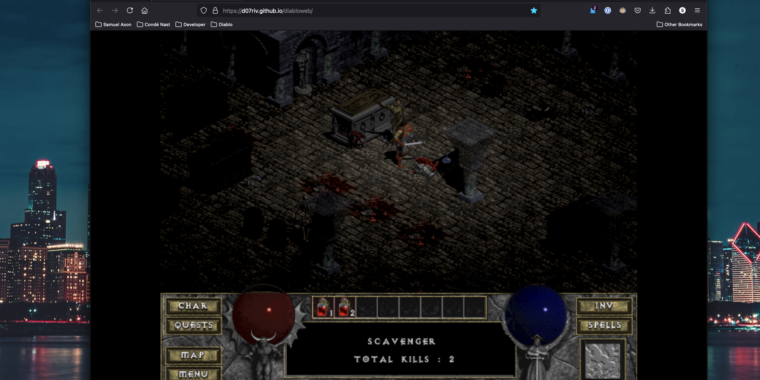Gearbox founder says Epic Games Store hopes were “misplaced or overly optimistic”
Nice try —
Pitchford’s prediction that Steam could be “a dying store” have not come to pass.
It’s been five years now since the PC version of Borderlands 3 launched as a high-profile timed exclusive on the Epic Games Store. At the time, Gearbox’s Randy Pitchford memorably mused that Steam “may look like a dying store” in “five or ten years” thanks to increased competition from Epic and others.
Fast-forward to this week’s announcement of Borderlands 4, and despite Pitchford’s old comments, the sequel will not follow its predecessor’s example of EGS exclusivity. The new game plans to launch on Steam and EGS simultaneously sometime in 2025 (alongside PS5 and Xbox Series X/S versions).
When one social media user noticed that change this week, Pitchford responded with another lengthy message explaining why his early hopes for the Epic Games Store’s rise to dominance were “misplaced or overly optimistic.”
In the short team, Pitchford said his high hopes for Epic’s effort were initially “validated” by the launches of Borderlands 3 and 2022 spin-off Tiny Tina’s Wonderlands (which was available on EGS for three months before its Steam release). “Borderlands 3 and Wonderlands demonstrated clearly that the customers show up for the games, not the storefront,” he said.
But Pitchford now says Epic didn’t “successfully press its advantage” to take a significant chunk of Steam’s dominant market power. “Famously, Steam does very little to earn the massive cut they take and continues its effective monopoly in the West while would-be competitors with much more developer friendly models continue to shoot themselves in the foot,” Pitchford said.
“The industry gives Steam their monopoly because publishers are afraid to take the risk to support more developer and publisher friendly stores,” he continued. “It’s all very interesting and there is a huge amount of opportunity in the PC gaming space for retail disruption, but no one seems to be able to make it happen.”
A limited success or an Epic failure?
Internal documents revealed in the Epic vs. Apple case in 2021 show that both Gearbox and Epic seemed to benefit from the Borderlands 3 exclusivity deal. Epic set a guaranteed sales floor of $80 million to help attract Borderlands 3 to the platform—if the game sold less on EGS, Epic would pay Gearbox the difference to reach that amount. But Gearbox’s game managed to hit that sales floor in just two weeks, bringing in more revenue on its own than the entirety of EGS had for the previous nine months while also attracting plenty of new EGS users.
-
Borderlands 3‘s exclusive launch was a huge revenue boost for the Epic Games Store.
Epic vs. Apple court filing
-
Epic recouped its $80 million upfront revenue guarantee for Borderlands 3 within two weeks.
Not all of Epic’s attempts to secure exclusives were so successful, though. In 2019, Epic paid roughly $542 million in minimum guarantees for exclusive titles projected to earn just $336 million over their lifetimes. That $206 million difference that amounts to throwing money at publishers in hopes that their exclusive games would help attract new users to EGS.
And that continuing effort hasn’t been a total failure for Epic; by the end of 2023, the company said there were 75 million active monthly users for its PC store, up from 68 million the year before. But that’s still relatively tiny compared to Steam, which had 132 million active monthly users back in 2021. While Valve hasn’t released monthly user numbers since then, Steam’s concurrent user peak has increased about 67 percent (per SteamDB tracking) since the end of 2021—from 21.17 million to 35.55 million. That suggests Steam’s current monthly user number could be well over 200 million.
Things look worse for Epic when you compare the $950 million spent by EGS players in 2023 to the estimated $8.8 billion Steam players spent that same year.
To be fair, pushing a new PC storefront from a standing start to about 10 percent of Steam’s massive revenue in about five years is impressive. But that result still has to be disappointing for Epic, which projected in 2019 that EGS could represent 35 to 50 percent of the entire PC games market in 2024.
It’s an open question whether Epic’s limited success is a result of the company’s failure to “press its advantage,” as Pitchford opines, or just a sign that Steam’s massive entrenched network effects have proven more resilient than he expected. Regardless, Borderlands 4‘s Steam launch— following the lead of other former EGS exclusive publishers—doesn’t mean Pitchford has given up hope that a Steam-killer could still come down the pike.
“I sincerely hope Epic keeps up the fight and makes headway,” Pitchford said. “Epic is going to have to prioritize the store and try some new initiatives while also doubling down on earning pivotal exclusives if it is going to have a chance. I also hope other viable competitors arrive. I am sure we will all be watching.”
Gearbox founder says Epic Games Store hopes were “misplaced or overly optimistic” Read More »

